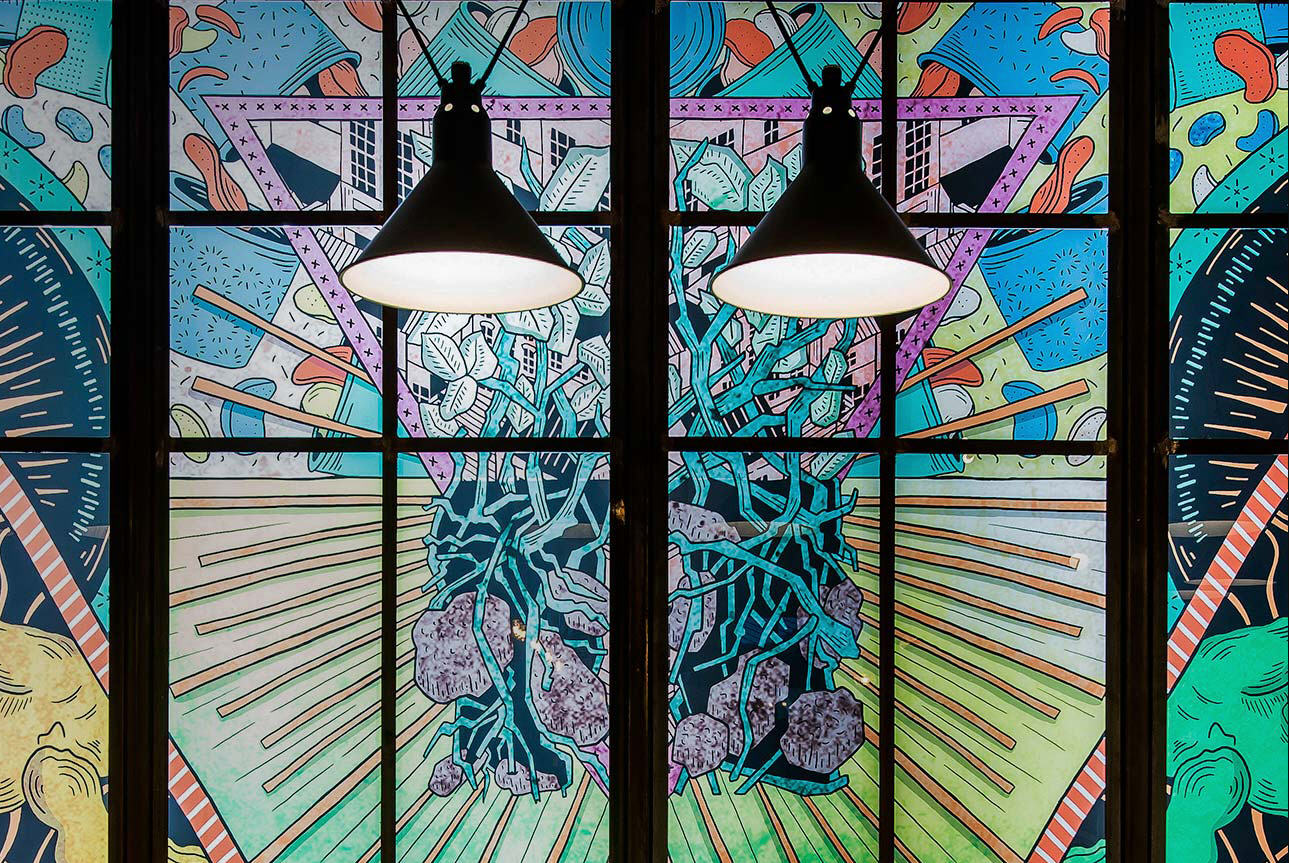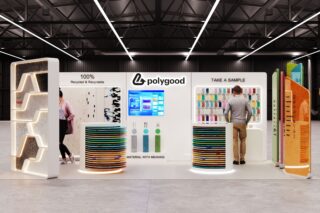During the virtual event set up by Sleep + Eat and Decorex on 17 November 2020, a panel of professionals discussed how to weave through the greenwashing in order to know which companies making environmentally positive claims about their products are telling the truth.
As more people take an interest in lowering their carbon footprint and neutralizing their environmental impact, an increasing number of interior suppliers are making environmentally friendly claims for their products to increase their sales. However, not all claims are truthful.
Figuring out who to believe can be the biggest challenge for designers who are looking to source sustainably.
During the panel hosted by The Interior Design Business Podcast and shared on the virtual event by Eat + Sleep and Decorex, experts shared their eco-findings and how to navigate the rocky terrain.
Top Questions to Ask
There are some questions that designers can ask themselves and their supply chains in order to get the truth about sustainable sourcing, according to the panelists.
Such as: Where did the materials for the product(s) come from and how did these materials get to the production site?
“A lot of lifestyle brands we work with, who supply amazing furniture, outsource the production and don’t know where the products are made or are able to trace where the furniture comes from,” said Stefan Dodds, Co-Founder of Dodds & Shute.
“It was one of the first questions we’ve always asked our suppliers: Do they know where the products come from? Do they make it themselves? If they outsource it, how much control do they have over that process?”

Stefan Dodds and Nick Shute founded their practice in 2015 as a design-led platform dedicated to sourcing the most sustainable products. They put together a “carbon calculated product line” for their clients as an exceptionally easy way for their clients to know just how sustainable the products are.
It hasn’t been, however, so easy for them.
“It has taken some suppliers over a year and a half to come back with answers. The more people ask these questions the more they’re being forced to look into the supply chain and understand where these small pieces come from.”
Dodds went on to discuss the cultural differences and the role that it plays on how manufacturers produce. In Italy, local production has always been integrated into the Italian culture because it makes good economical business sense.
“They do it by accident,” said Dodds. “Whereas, some of the newer lifestyle brands that supply everything—furniture, lighting, bedding—, that’s where things are made further afield and when they lose control of the process.”
However, sourcing local materials doesn’t mean the manufacturer has a low carbon footprint. Once the product is made it still needs to be shipped to its final destination and, at times, this means a retail shop.
“When products are shipped by road, the environmental impact isn’t that bad. Avoid flying,” advised Stefan Dodds.
Dodds mentioned that the biggest impact comes from when products are flown for a rush project. He also said that some companies that fly their products set up ways to offset the carbon footprint—not many, though.
However, even offsetting the carbon footprint is tricky. Saving trees is better than planting them, according to Dodds.
READ: PDF on Carbon Footprint of Furniture Products

Labels and Certifications
By focusing on the minute details of the production process, Stefan Dodds recalls how each step plays a part in the sustainability of a product. It reminded fellow panelist Chloe Bullock of how body shop functions, through their sourcing of body shop parts in all the regions of the world where they were trading.
It’s a hard process that can seem daunting for people, according to Chloe Bullock. It is, perhaps, why ensuring one’s knowledge of these details took a backseat.
“I’ve noticed a lot of ‘Made in Britain’ labels and it turns out the products are assembled in Britain, that the parts are shipped here and the products are then assembled. that’s something to keep in mind,” said Chloe Bullock, Designer / Director, Materialise.
Sourcing products from local artisans is one of the better options, according to Nicola Keenan.
“We found that manufacturers who make the products themselves can answer these questions because they’re in control of the process. If they’re outsourcing the manufacturing, they have a third party so unless they’ve done a thorough audit, it’s harder for them to give that information,” said Nicola Keenan, Co-Founder & Director, Boxx Creative.
Recently, the Competitions and Markets Authority are looking into greenwashing as a whole, be it in cosmetics and fashion.
“Hopefully that kind of scrutiny and that watchdog will make its way into our industry,” said Chloe Bullock.
QUIZ: Find out your personal carbon footprint here.
Image Credits: Courtesy of Boxx Design.
Reversing a Wasteful, Toxic Industry
Certain materials are more toxic for the environment and human health than others, while much of the bulk waste comes from the design industry. The panel of experts mentioned that 60% of the bulk waste in the U.K. that goes to landfills comes from the design industry.
When working on renovation projects, notably for interiors, the experts suggest trying to keep as much of the furniture as possible. Although we’ve been in a fast-fashion society for many years, “old” furniture can be used in creative ways.
For any new products, they suggest focusing on selecting pieces that use recycled materials as much as possible and or understanding the carbon footprint of each material.
Ethical Consumer Magazine is where Chloe Bullock gets much of the knowledge she shares with her clients. It features detailed product guides, news of ethical products and campaigns and more.
“Cotton is high in water, GMO and pesticides and also has a moderately high carbon footprint due to the fertilizers used,” said Chloe Bullock, “but there are also things like forced labor in the production. It’s really important to look for organic cotton and soil association because eliminating the pesticides and the chemical use reduces the global warming potential by 46%.

The panelists discussed several types of materials and their impact on the environment as well as our health; however, the issue of cotton brought to light another important and very current subject: modern-day slavery.
“I don’t know the exact number [of slave labor used for producing cotton] but I think it’s above 70%,” said Stefan Dodds.
“Modern slavery and child labor; all of this is a big part of sustainability that gets overlooked,” responded Chloe Bullock.
According to the panelists, Pakistan is the biggest culprit of this. Unfortunately, a huge amount of cotton comes from Pakistan and, while Dodds suggests avoiding it, manufacturers might source their cotton from Pakistan, fabricate their products elsewhere and add a label of their home city or country stating the product was made there, thus the issue of labeling and, ultimately, the importance of every detail of every step of the way.











